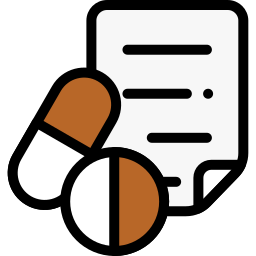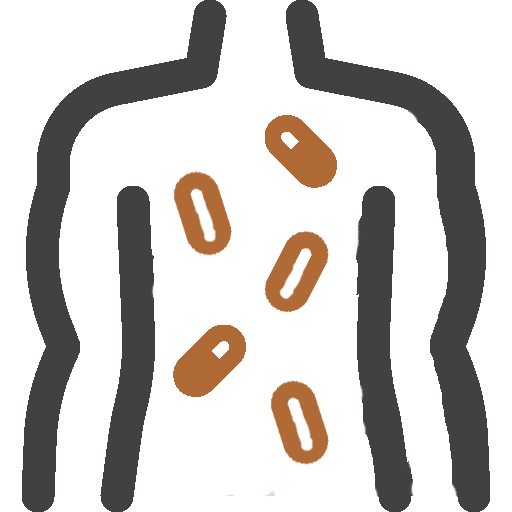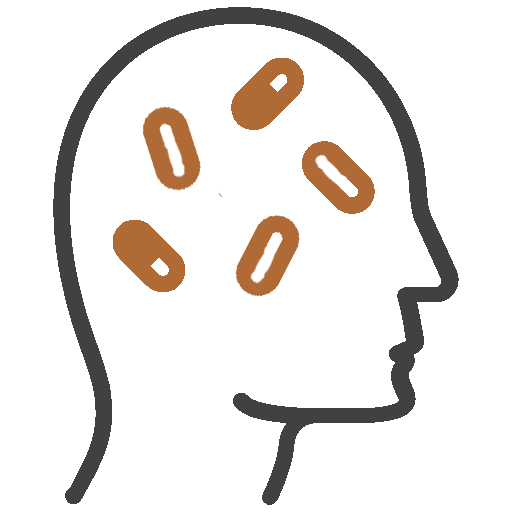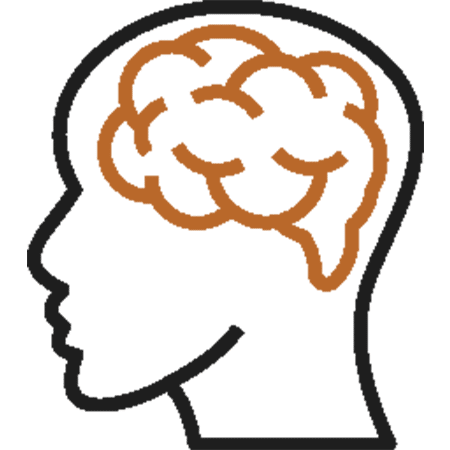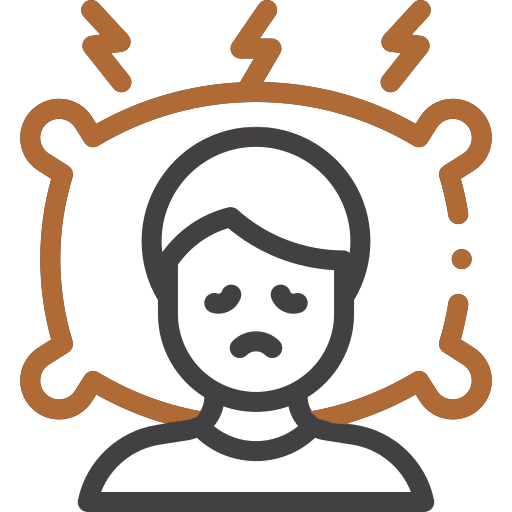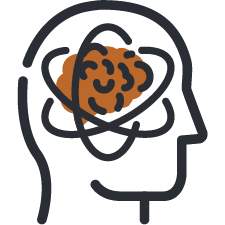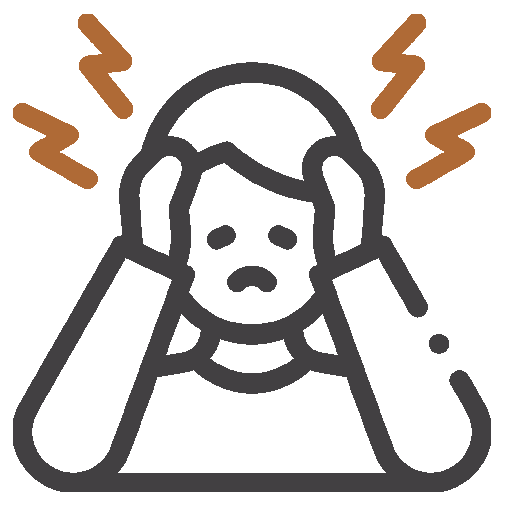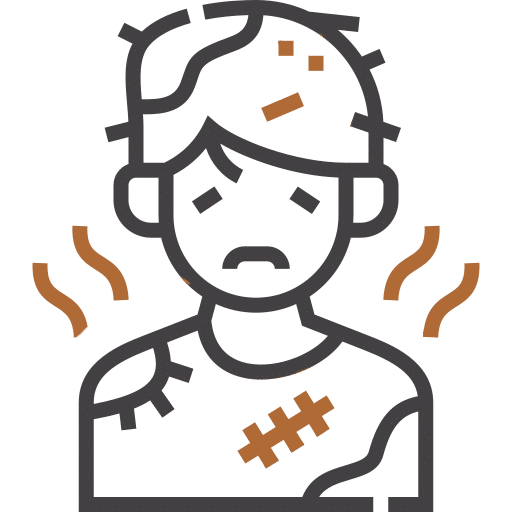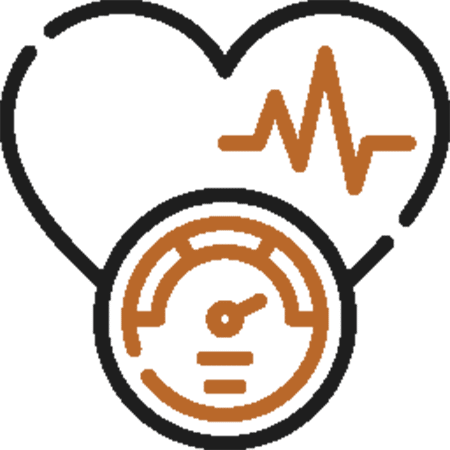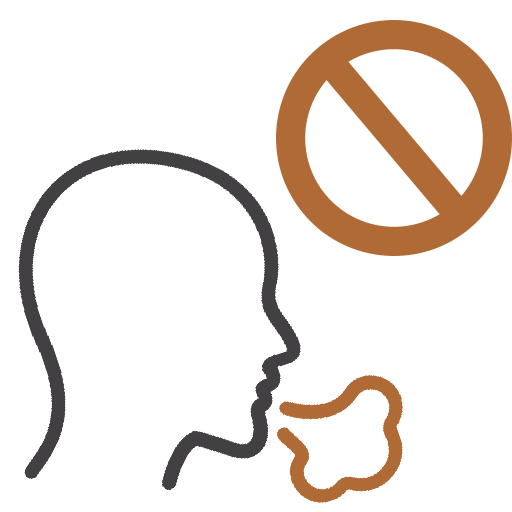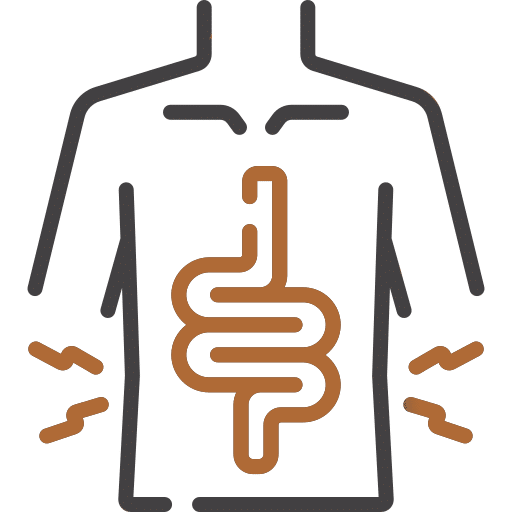Modafinil Mechanism of Action
Modafinil affects several neurotransmitters in the brain, particularly dopamine, by blocking dopamine transporters. This leads to an increase in dopamine levels, which enhances alertness and improves mood.
Unlike traditional stimulants, modafinil induces fewer euphoric effects, making it less likely to be abused recreationally. However, because of its effects on mental alertness and energy, people who take high doses of the drug without medical supervision may face significant risks, including addiction.
In addition to increasing dopamine, modafinil also affects other brain chemicals like histamine, norepinephrine, and serotonin. These neurotransmitters play a role in regulating sleep, mood, and cognitive function. Clinical trials suggest modafinil can improve performance in tasks requiring sustained attention and focus.
Unlike other stimulants, modafinil is believed to have a more targeted effect on the brain’s wakefulness centers without causing the “crash” associated with other stimulant drugs. Many users report feeling more awake and alert without the jitteriness that comes with caffeine or amphetamines.
However, using modafinil over the long term may lead to unintended consequences, especially when taken at high doses or outside medical supervision.




